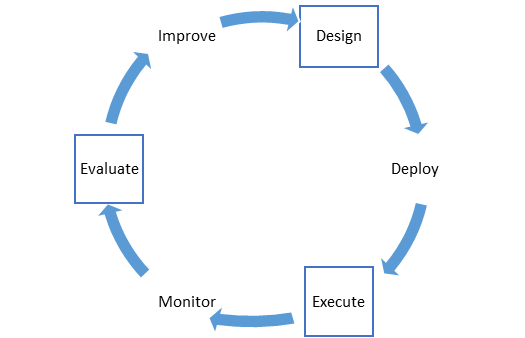Promoting environmental and social aspects of the business like products, practices, and brand values are sustainability marketing. In other words, making more efforts on your product to be locally sourced or 100% recyclable means you are experiencing sustainable marketing. Business growth cannot be stopped when sustainability appears. Using reliable, replicable, and measurable strategies with accessible outcomes will adjust the achieving sustainability goals. In the process of forming sustainability, rectifying past mistakes; reducing or eliminating current problems; building legacies for future generations are necessary.


Humanizing the persona of a brand is a powerful reason to attract more customers and replace the business with an action figure according to environmental or societal issues. Making a sustainable strategy in everything you do is the first phase of sustainable marketing. While you are focusing on strategies, it is crucial to apply them in services and products. Then tell a story about the brand and build a community to make sure you try to get press for your business and the causes you support. Educating the customers and indicating the products as better alternatives.
Embracing the successful sustainability is undertaken by some principles that must be applied.


In the design activity, two aspects are required. First, defining an operation-aware process lifecycle means that the process has to be understood from an operational standpoint, mapping all activities and the relationship among them. The second aspect is creating a user-oriented model. It must be defined that how each user will comprehend information about the process at hand, how they will be executed, and how each task needs to be controlled in order to assure an error-free activity. This section can be like a preparation part which is required to bring together an internal sustainability team to set aims, revision environmental impact, and determine priorities.
Allowing to deploy process considering both operational as business restrictions comes out through the first section. In order to execute the process, two points must be attended. Real-time visibility and complete traceability enable you to perceive the progress of the plan and measure the materials and components used when it is necessary.
Monitoring, evaluating, and expounding indicators can facilitate the understanding of trends in performance. This will permit the identification of bottlenecks, their source, and potential solutions. Afterward, taking practical actions and improving can put the repetition of the cycle in an affirmative circuit.




Making decisions regard to the size and structure of corporate financing is in the finance management section. The most significant aim of financial management is to maximize the property of the shareholders in the case of corporations. To achieve this objective, the finance office makes about obtaining, at the least possible cost, the funds it needs to meet its objective.
Financial Management consists of components that describe both the external and internal controls that are used by the organization. Funding agreement, bank accounts, and transactions, cash handling & transaction, control to be exercised, petty cash, Cashbook maintenance, and stock & inventory management.



